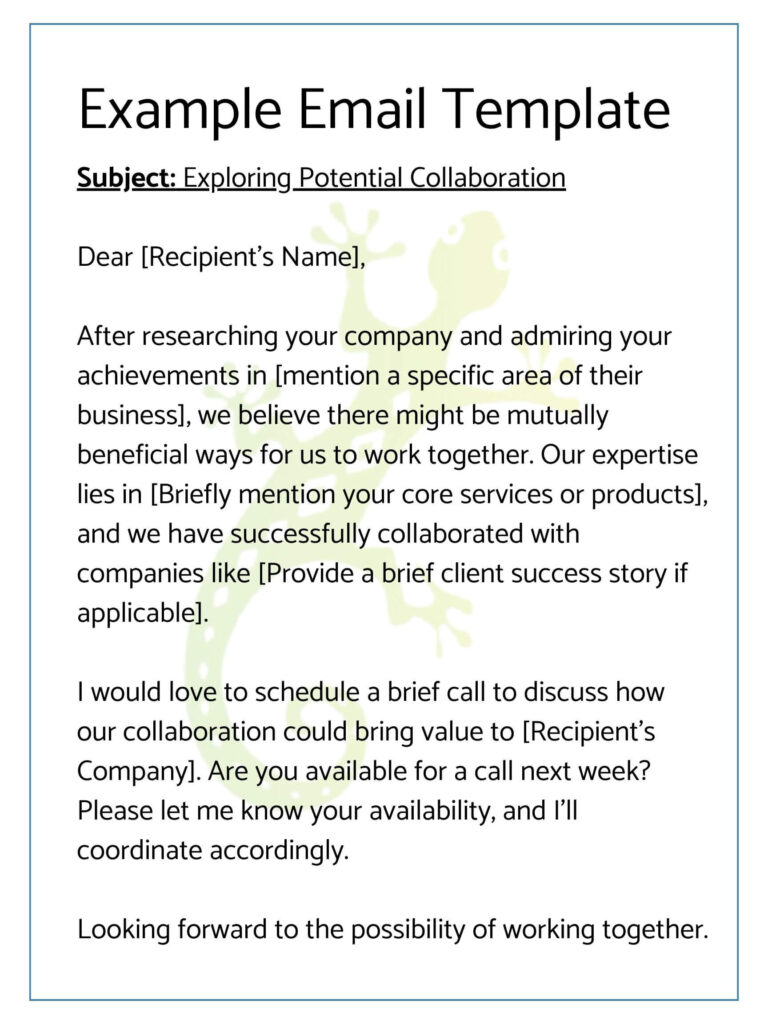
Developing a sales cadence is not just something large companies should do—it’s a crucial piece of the overall sales process for all businesses, big and small!
This outreach sequence is a tool every sales team should be using to nurture leads. With a solid plan and meaningful email templates, your sales cadence will help bring in customers, create lasting customer relationships, and structure your entire sales approach.
Yes, it entails some heavy lifting upfront, from target market research to planning to email and system automation. But once you set it all up, your sales cadence will pay off significantly by saving your salespeople time and moving prospects along more effectively. Keep reading to learn exactly what a sales cadence is, how to build one, best practices, and follow-up email templates to get you started.
Typically, a sales cadence is an outreach sequence made up of a mix of phone calls, emails, and social media messages designed to move leads down the pipeline toward a purchase. These touchpoints are scheduled for a set number of days.
Of course, every business’s sales cadence will differ depending on their prospects’ preferences. This can take a considerable amount of time and resources to put together. However, it’s no longer a nice to have! In HubSpot’s 2024 State of Sales Report, 28% of sales pros said the sales process takes too long, causing them to back out of deals. The same percentage agreed that prospects often get cold feet due to uncertainty that the product/service is right for them, while another 28% cite a lack of trust as a significant issue.
Yikes! There is a lot of room for improvement in the sales process, which is where a sales cadence comes in as one of your essential business growth strategies. It can help your team:

Now that you understand what a sales cadence is and why you need one let’s explore step-by-step how to build one for your company.
Understanding your target audience is a can’t-miss step in developing your sales cadence! Your target market outlines who your ideal prospect/customer is, their pain points, and their needs/desires.
B2B companies should identify their target audience by compiling the following data:
Once you gather these details, you’ll better understand your buyer persona and what types of communication they’ll best respond to. You can also understand this by researching what other businesses in your industry are doing for their sales cadences. Do their customers respond best to emails, phone calls, or social media messages? When do they prefer to be contacted, and when are they disengaged?
When you know who your target market is, you can also avoid wasting time on those who don’t fit these analytics.
Next, it’s time to set a goal for your sales cadence. You and your reps need to understand what you’re working toward. What are you trying to achieve with your sales cadence? Make these goals specific, actionable, and trackable.

For example, “increasing leads” is too broad. Instead, break down big goals into smaller milestones, such as more landing page submissions or product walkthroughs booked. Ensure every touchpoint with prospects has a purpose. You should be able to see leads moving closer to your objective as a result of your outreach.
Once you have a clear picture of your target customer and goals, you can set a sales outreach cadence that works for your prospects. This is when you determine which forms of contact to use along with the weekly and daily sales activities.
Here’s what your schedule and frequency might look like as you get started:
Another vital step: Track your metrics and analyze regularly to see what is working and what’s not, adjusting accordingly! This way, your cadence gradually becomes more and more tailored to your prospects, making it more effective.
Every outreach should provide value to your prospects. This is where great customer service and expertise come in. You’ll need to address their pain points and show them you understand where they’re at and that you have the solution they’re looking for. Be specific by highlighting what sets your product or service apart, what your company does differently, and how this ties back to their needs.
Additionally, provide resources and opportunities to experience your product and expertise first-hand. According to HubSpot, this could include free trials, product demos, customer stories, user reviews, and chatbots—all of which B2B sales professionals identify as the most effective tools for helping customers make purchase decisions.
You can also create a positive experience by automating your process as much as possible, creating an even smoother, more seamless process. Essential sales cadence tools include:
The busier your business gets, the more leads and sales you’ll have to handle, which will overwhelm your team. That’s why automation tools are a must to streamline your outreach cadence and every other aspect of your sales process.

As you build your plan, it’s also important to keep some sales cadence best practices in mind.
Keep it personal. From phone calls to emails to LinkedIn messages, show each prospect that you did your research and understand their business. This means more than inserting their name and company. Grab their attention by calling out their unique challenges.
Balance automation and personalization. We’ve discussed both automation and personal touches, and finding the right combination of each is critical. While your emails should be automated to create a more efficient process, remember to incorporate those personal messages and calls.
Stay agile and adjust as needed. As noted in Step Three, track how your sales cadence works and make necessary changes. You might need to switch communication channels, update messaging, or test different days and times. Keep up with your industry and your audience’s shifting needs.
Create different sales cadences for each buyer persona. After conducting your target market research, you’ll likely find that you have a few segments of ideal customers, each with their own unique backgrounds, challenges, and goals. Use a tailored sales cadence for each to take that personalized experience further.
Earlier, we shared a high-level example of a B2B sales cadence template. Here is a more detailed example of what that plan might include:
Below is an example follow-up email template you could incorporate into this sales cadence plan.

If all of this seems like a lot of time and work, that’s because it is! As we stated initially, developing a sales cadence entails significant research, planning, testing, monitoring, and updating. It can be a lot for a small business to handle internally.
However, partnering with a call center removes this burden from your sales team’s plate, giving back the time and resources you can put to better use elsewhere in your business. A contact center can assemble a sales cadence that works best for your company, from managing leads in your CRM to writing email templates to setting schedules and everything in between. They can even handle your lead follow-up, ensuring opportunities aren’t overlooked and allowing your sales reps to focus on closing deals.
So, do you have a sales cadence? If not, it’s not too late to implement one so you can start generating higher-quality leads, more conversions, and shorter sales cycles. Remember that if you decide to take this on in-house, it’s crucial to follow each of the steps we’ve shared so you don’t overlook any meaningful information about your target audience. Here’s a recap:
Now that you appreciate the importance of having a sales cadence, you likely also appreciate all that it demands of your team. So, if you’re ready to invest in this portion of your sales process and want it done correctly and efficiently from the start, a call center can help. They specialize in developing sales and customer service strategies, gaining a deep understanding of their client’s industries and businesses, and managing sales tools and software so your employees don’t have to.
Reach out to Chameleon for more information about how we can help with your sales process today!
"*" indicates required fields